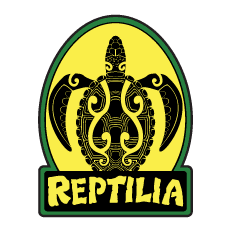American Alligator
Common Name: American Alligator
Scientific Name: Alligator mississippiensis
Names: Toothless & Lou, Sara & Arya, Chomper & Ducky
Locations: Whitby, Vaughan, London
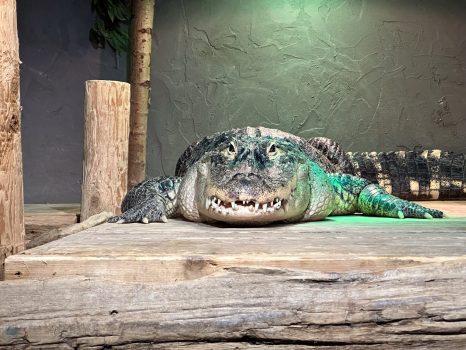

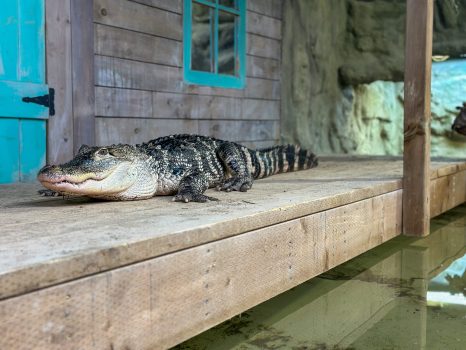
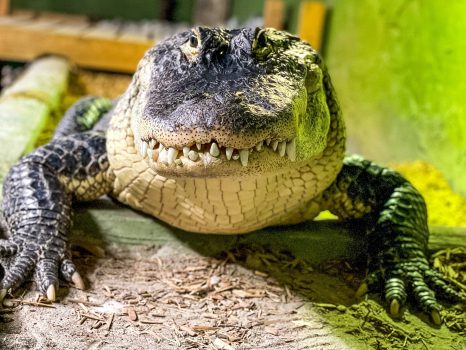
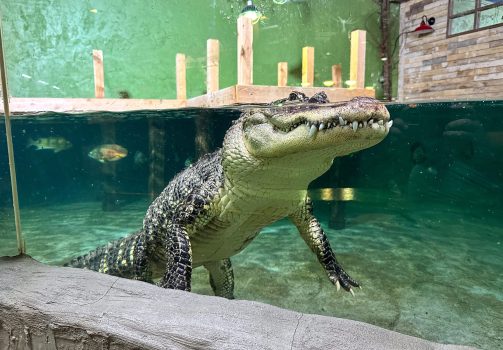
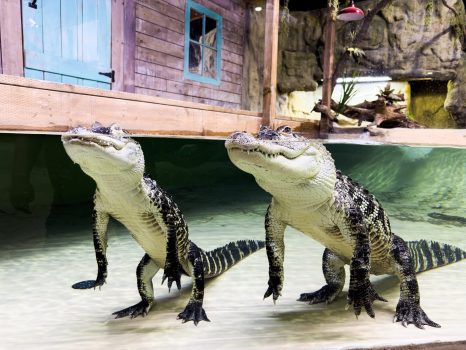
Diet
American alligators are carnivorous and primarily feed on fish, amphibians, reptiles, birds, and mammals. They are opportunistic predators and will consume whatever prey is available, including carrion.
Average lifespan
American alligators can live up to 35-50 years in the wild, although individuals in captivity may live longer.
Size
Adult males typically range from 3 to 4.6 meters (10 to 15 feet) in length, while females are generally smaller, averaging around 2.6 meters (8.5 feet). Exceptionally large individuals can exceed 5 meters (16 feet) in length.
Weight
Adult males can weigh between 227 to 454 kilograms (500 to 1,000 pounds), while females are usually smaller, weighing around 113 to 227 kilograms (250 to 500 pounds).
About
American alligators are large, semi-aquatic reptiles native to the southeastern United States, inhabiting freshwater environments such as marshes, swamps, rivers, and lakes. They play a vital role in their ecosystems as top predators and ecosystem engineers, shaping wetland habitats through their feeding and nesting behaviors.
Size and behavior
American alligators are well-adapted to their aquatic lifestyle, with streamlined bodies, powerful tails, and webbed feet for efficient swimming. They are primarily nocturnal hunters, using stealth and ambush tactics to capture their prey. Alligators are also known for their bellowing vocalizations and courtship displays during the breeding season.
Diet and nutrition
American alligators have a diverse diet that includes fish, turtles, snakes, birds, and mammals. They have strong jaws lined with conical teeth designed for gripping and tearing prey. Alligators are capable of taking down large prey by seizing them with their powerful jaws and dragging them into the water to drown.
Conservation status
American alligators were once endangered due to overhunting and habitat loss but have since made a remarkable recovery thanks to conservation efforts and legal protections. They are currently classified as “Least Concern” by the International Union for Conservation of Nature (IUCN) due to their stable populations and protected status. However, continued habitat preservation and management are essential for ensuring the long-term conservation of American alligators.
Fun fact
American alligators are known to construct “gator holes,” which are depressions in the ground dug out by the alligators’ bodies. These holes retain water during the dry season, providing a crucial refuge for fish, turtles, and other aquatic organisms during periods of drought. Gator holes also serve as feeding sites for alligators and help maintain overall wetland biodiversity.
